
What Are the Top Emerging Materials in Beauty Packaging, From Bioplastics to rPET
September 12, 2025 • Mike Lee
Your current packaging feels bad for the planet. You hear about bioplastics and rPET, but you're not sure what they are, which to choose, or if they’re just marketing hype.
The most important emerging materials are recycled plastics like rPET (recycled Polyethylene Terephthalate) and bio-plastics like PLA (Polylactic Acid). For most beauty brands, rPET offers the best blend of verified sustainability, proven performance, and practical cost, making it an excellent starting point.
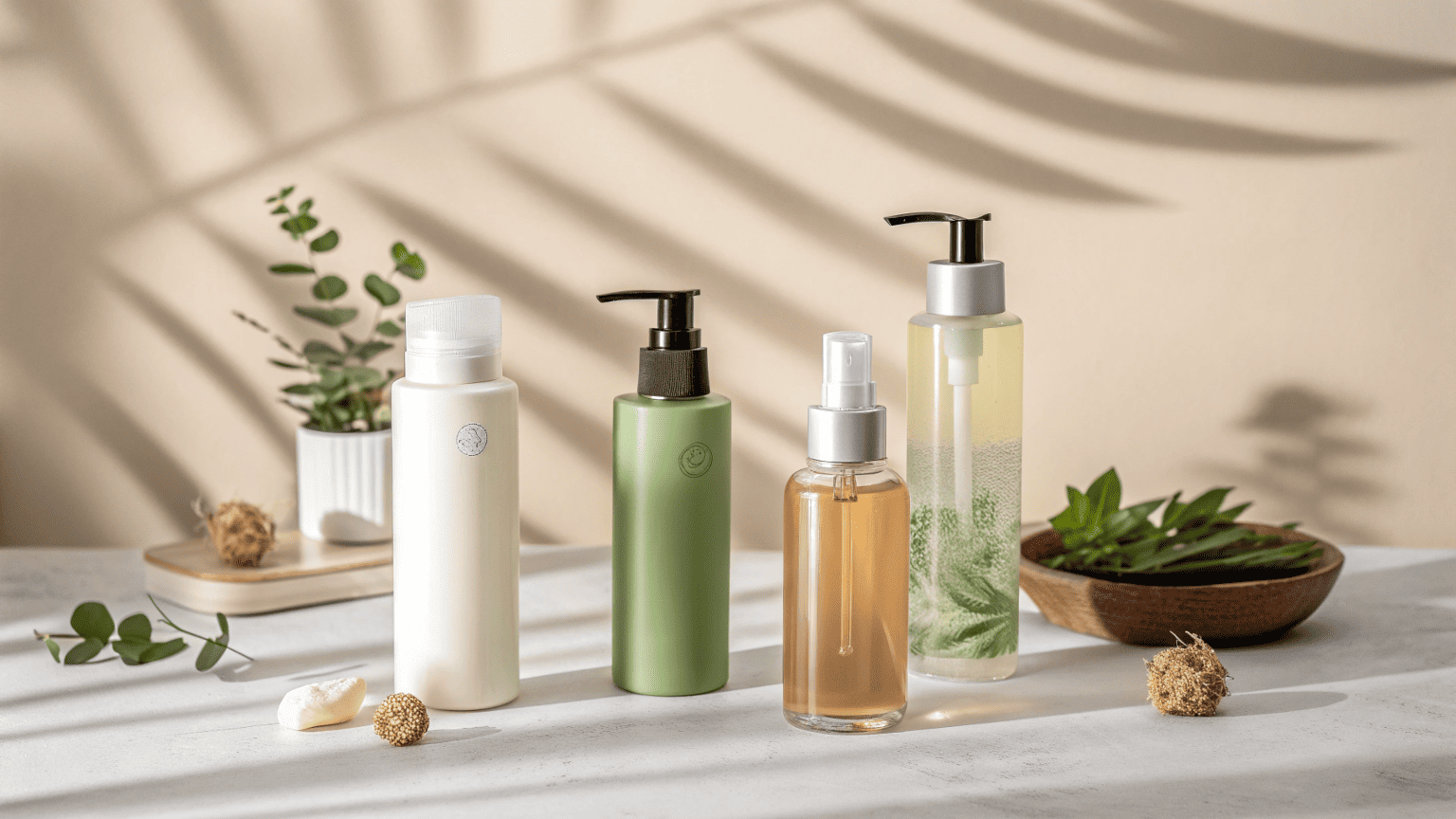
At Rland, the conversation about materials has shifted completely. A few years ago, it was all about aesthetics and cost. Now, every single B2B buyer I talk to asks about the environmental impact. The rapid innovation in materials is all driven by one goal: to be better for our planet. My job is to help brands navigate these new options to find what truly works for their product and their promise to customers.
What Are the Best Sustainable Packaging Options for Beauty Products?
You want to make a sustainable choice, but the options are overwhelming. You're worried you'll invest in a material that isn't truly eco-friendly or doesn't protect your product.
The best options are rPET (recycled PET), other PCR (Post-Consumer Recycled) plastics, and bio-plastics like PLA. The "best" choice depends on your brand's goals, budget, and supply chain, but rPET is often the most balanced solution.
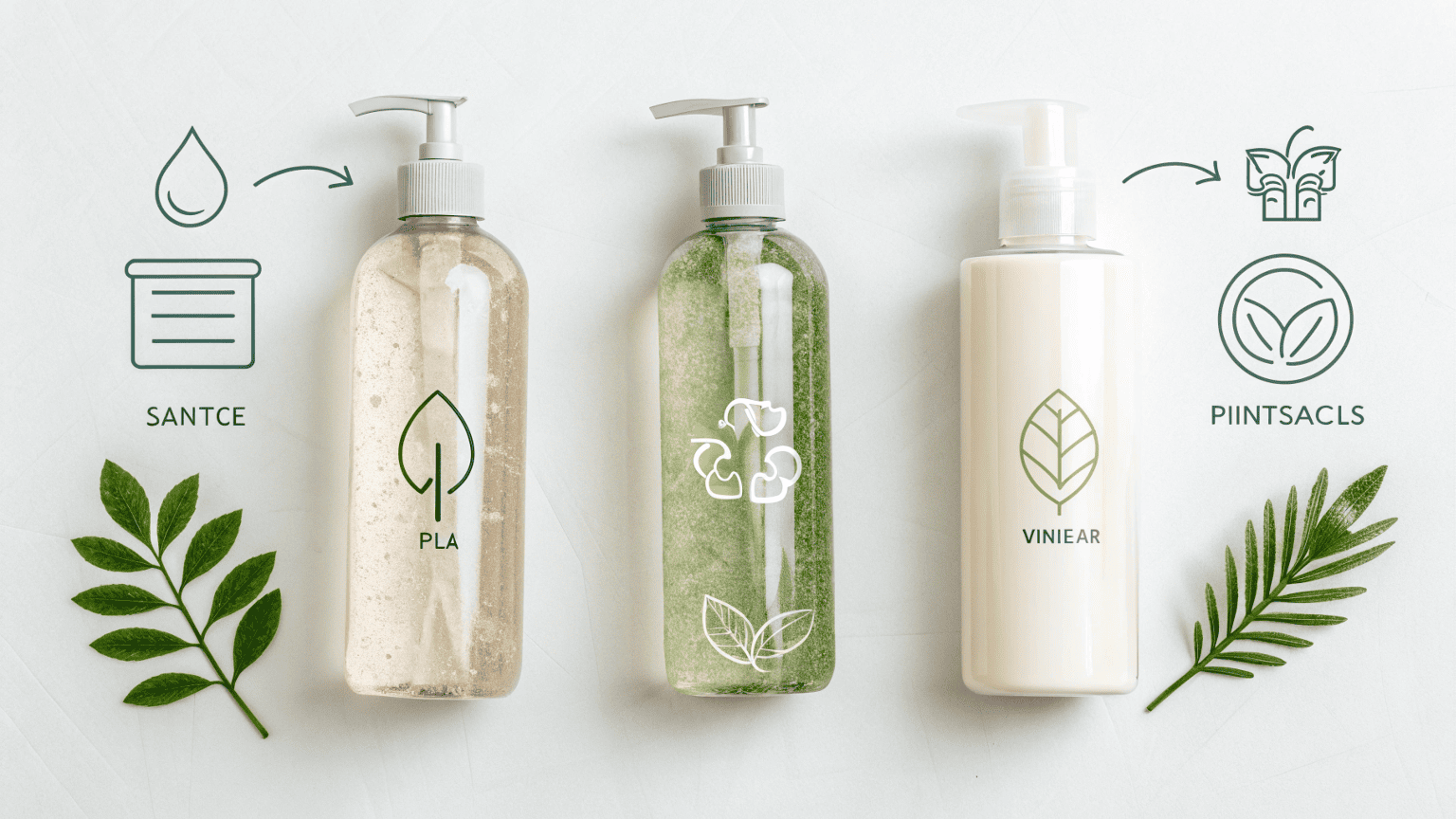
Choosing a sustainable material is a balancing act. There is no single perfect material, only the best one for your specific needs. In my experience, the decision comes down to a few key factors.
rPET and other PCR Plastics
This material is made from plastic that has already been used by consumers and then recycled. I believe this is currently the most impactful option for most brands. It directly supports the recycling economy, uses significantly less energy to produce than virgin plastic, and its performance is well-understood. It's a pragmatic, effective choice.
Bio-plastics (like PLA)
These plastics are made from renewable resources like corn starch. They have a great "plant-based" story. However, their end-of-life is complicated. PLA, for example, is only compostable in industrial facilities, not in a backyard compost or a landfill. This can lead to consumer confusion and greenwashing concerns.
Mono-Materials
This isn't a new material, but a design philosophy. It means making the entire package—bottle, cap, pump—out of a single type of plastic (like all PP). This makes the entire unit much easier to recycle, as it doesn't need to be separated.
Here is a simple breakdown I use with clients:
| Material | Primary Benefit | Key Challenge |
|---|---|---|
| rPET / PCR | Reduces waste, supports recycling | Can have slight color variations |
| PLA | Made from renewable resources | Needs industrial composting |
| Mono-Material | Greatly improves recyclability | Can limit design/functional options |
What Are the 7 R's of Sustainable Packaging?
You hear about the "R's" of sustainability but can't keep them straight. You need a simple framework to guide your decisions and ensure you are covering all your bases.
The 7 R's are a guide for sustainable thinking: Rethink, Refuse, Reduce, Reuse, Recycle, Replace, and Repair. They provide a checklist for making more environmentally conscious packaging choices from start to finish.
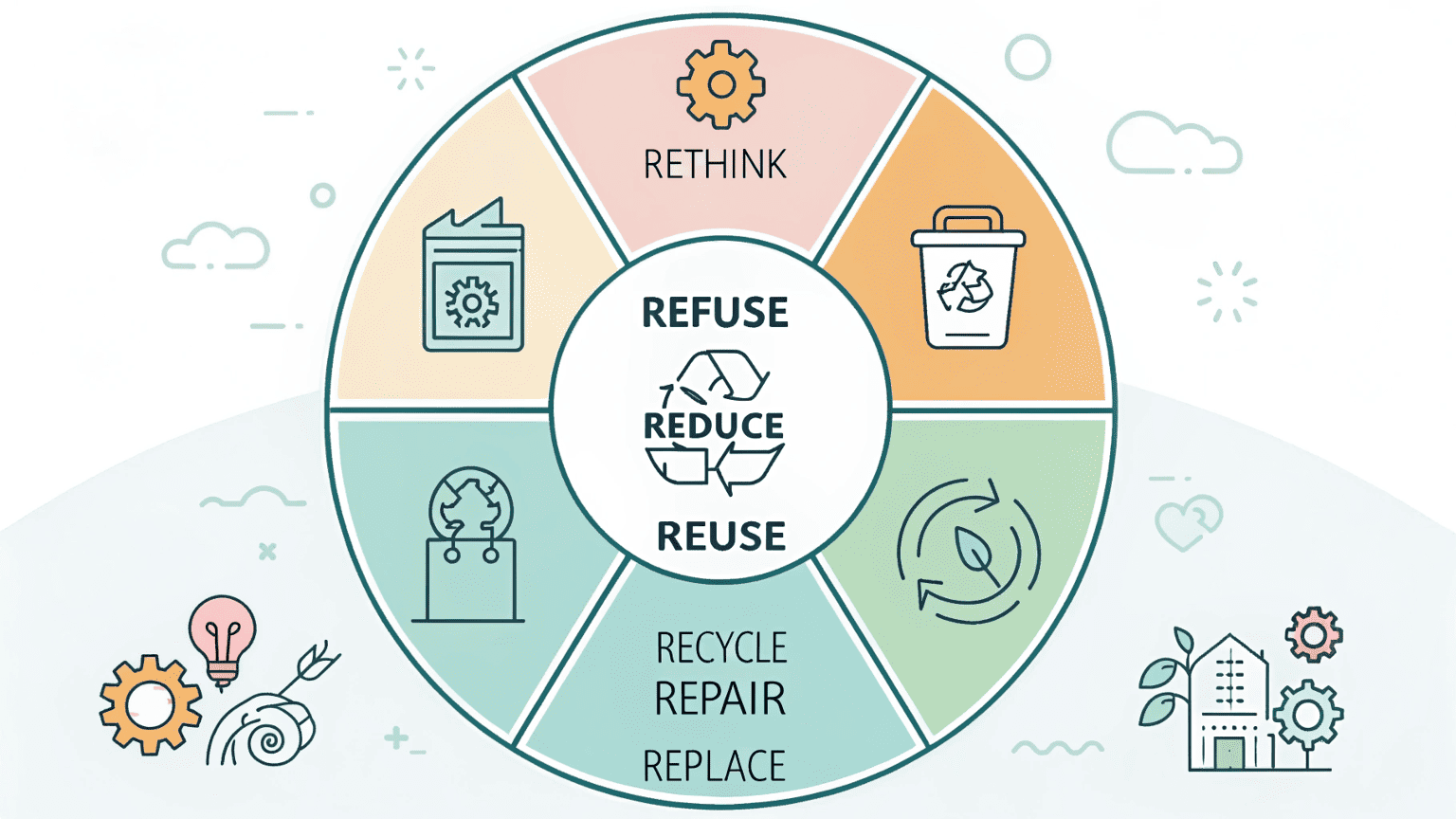
The 7 R's are more than just a list; they are a mindset that I encourage all brands to adopt. This framework helps you challenge every decision you make about your packaging materials and design. It's a powerful tool for innovation.
Here’s how I see them applying to material choice:
- Rethink: Challenge the need for complex packaging. Could a simpler design using a mono-material work?
- Refuse: Say no to unnecessary layers. Do you really need that extra plastic wrap or a box for every item?
- Reduce: Use less material. This could mean designing a lighter-weight bottle or using a concentrated formula that requires a smaller package.
- Reuse: Design for a second life. A sturdy and beautiful jar could be refilled or used by the customer for storage, increasing its value.
- Recycle: This is where material choice is critical. Choose materials like rPET and PP that are widely recycled. Make it easy for the consumer by using mono-materials.
- Replace: This is the core of our discussion. It means replacing virgin plastic with a better alternative like PCR or replacing a non-recyclable material with one that is.
- Repair: This applies more to refillable systems. Design the main container to be durable and long-lasting, so only a small part needs to be replaced.
Thinking through these R's helps ensure you're not just swapping one problem for another but making a holistically better choice.
Can We Redesign Packaging to Be More Environmentally Friendly?
You want to make a real difference with your packaging. But you're unsure if a simple material swap is enough, or if you need a more fundamental design change.
Yes, absolutely. Redesigning packaging is one of the most effective ways to be more eco-friendly. This involves choosing sustainable materials, designing for recyclability (mono-materials), and eliminating unnecessary components to reduce overall waste.
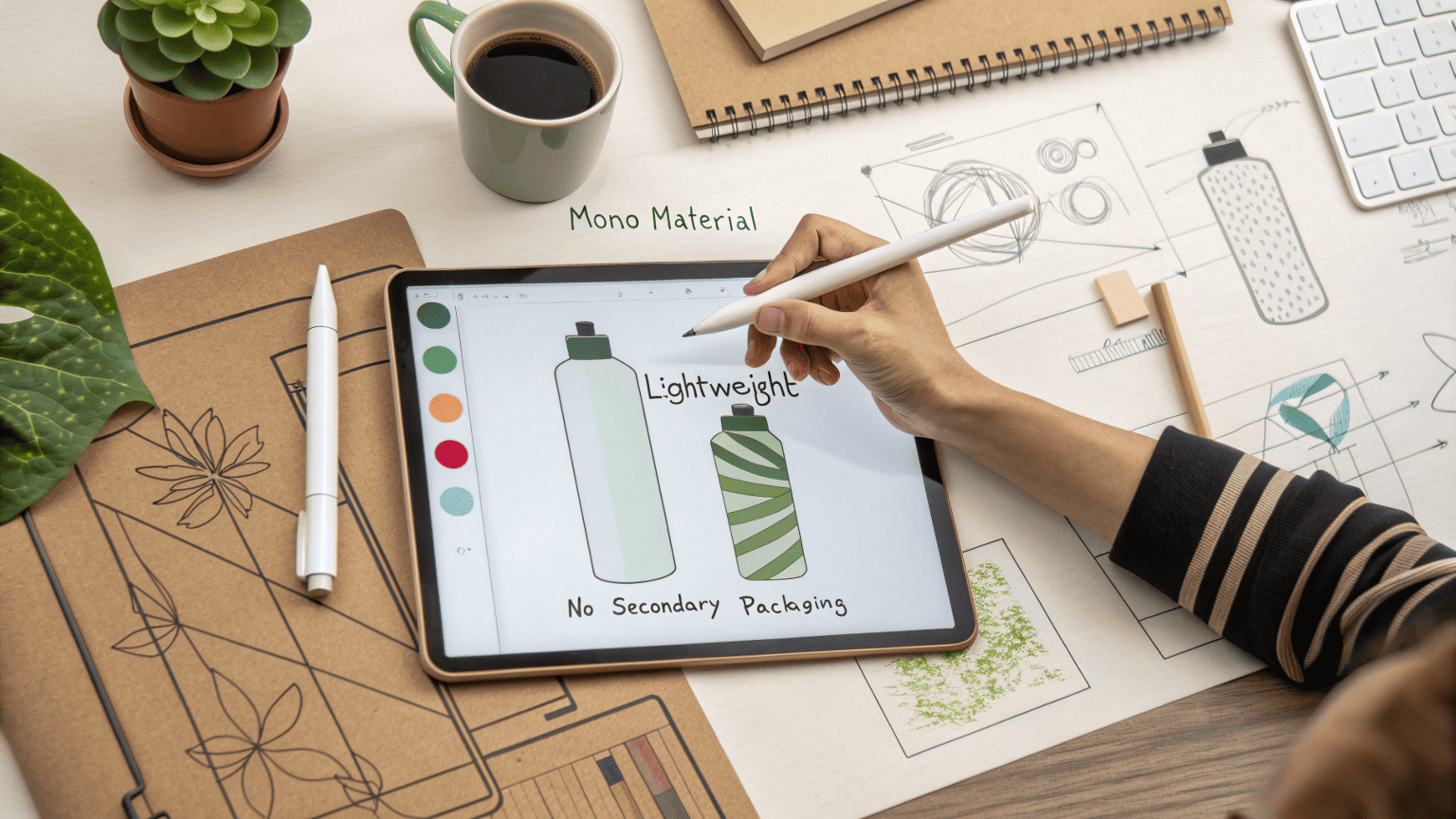
This is where true innovation happens. Much of the environmental harm from packaging comes from poor design choices made years ago. Redesigning allows us to fix those mistakes.
Designing for Recyclability
A major problem in recycling is contamination from mixed materials. A beautiful bottle with a metal collar, a pump made of three different plastics, and a paper label cannot be recycled easily. The future is designing for disassembly or, even better, using mono-materials. When I work with brands on new projects, we push for mono-material designs whenever possible. A bottle, cap, and label all made from PET is an eco-design triumph because it enters the recycling stream cleanly.
Lightweighting and Eliminating Waste
Redesigning allows us to use advanced modeling to make bottles thinner and lighter without sacrificing strength. This "lightweighting" reduces the amount of plastic needed per unit, saving resources and cutting down on shipping emissions. A redesign is also the perfect time to ask, "What can we get rid of?" We can eliminate secondary boxes, plastic inserts, and any component that doesn't serve a critical function. Every piece removed is a direct win for the environment. These design changes, focused on smarter material use, are what will make the biggest difference in the long run.
Conclusion
The future of beauty packaging is in smart, sustainable materials. By choosing options like rPET, embracing mono-material design, and applying the 7 R's, your brand can reduce its environmental footprint effectively.
Written by
Mike Lee
You may also be interested in:

What Are the Top 5 Small Spray Bottle Trends for Skincare and Cosmetics in 2026?
Your new facial mist has a beautiful formula, but you're planning to use a standard

What Can We Learn from Market Leaders in Eco-Friendly Beauty Packaging?
You want your brand to be more sustainable, but the world of eco-friendly packaging is
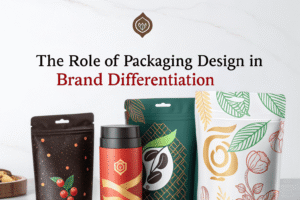
How Can Packaging Design Make or Break Your Brand?
Your product formula is a masterpiece, but on the shelf, it's invisible. You're watching less
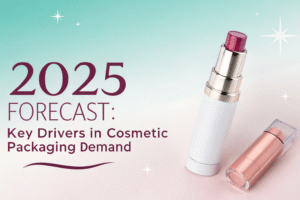
2025 Forecast: Key Drivers in Cosmetic Packaging Demand
You're trying to plan your brand's future, but the market is unpredictable. You're uncertain where